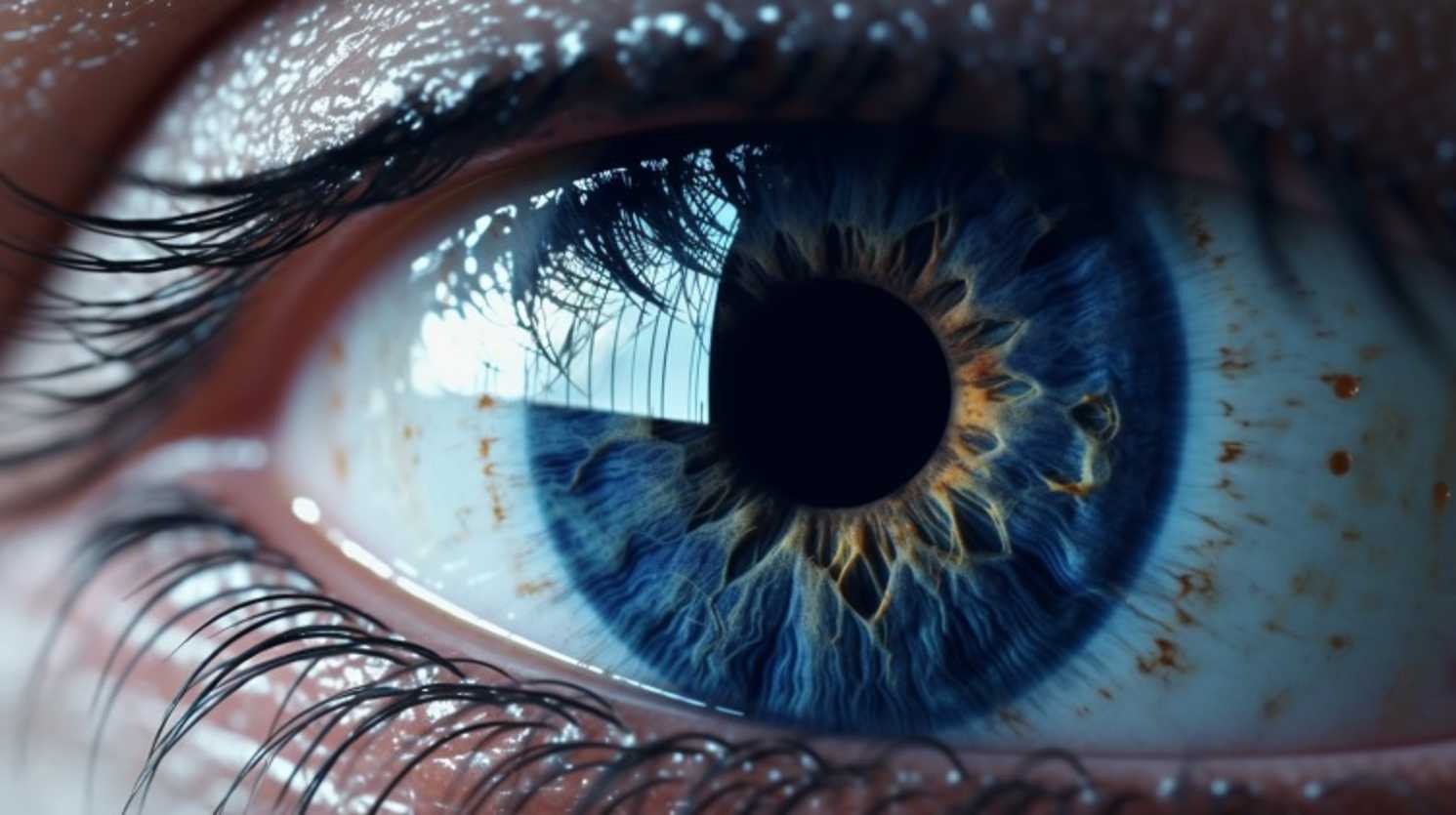Apple wants to take the application of wearable headsets well beyond gaming and accessing the metaverse — it’s promising to bring a new way of creating and consuming digital content, as well as communicating with friends and loved ones.
Like Apple did with the Mac and iPhone, the Vision Pro will come with a new operating system, sparking interest from web developers who remember the App Store gold rush in the early days of the iPhone.
A number of forward-thinking Australian developers hope to spearhead the ‘spatial computing’ era and play a foundational role as the industry takes off.
Trent Clews-de Castella, the Co-Founder of XR creative agency PHORIA, said in an article on LinkedIn that, “Apple’s entry into the market will undoubtedly accelerate the shift [in spatial computing.
The device is set to redefine the way we interact with technology and open up a world of possibilities for creators, developers and hopefully humans, to have more meaningful connections mediated through technology that break free from the rectangle screens that we have become accustomed to
It’s too early to tell if the release of Apple’s XR headset “Vision Pro” is a success. With a delayed release to early next year, a $3,500 USD price tag and no killer app showcased for functional daily use of the Vision Pro, many sceptics will sit back and watch with a critical eye.
“We believe what Apple has already prevailed at that no other VR or AR device has come close to executing, is positioning the Vision Pro as a social, connected and desirable product,”
“One that weaves together Apple’s software, content and hardware eco-system in a way that feels accessible and functional for a much larger audience of consumers,” said Clews-de Castella
Angus Stevens, the Founder of XR studio Start Beyond, said in a post on LinkedIn, “With PwC projecting 64% of Australian businesses investing in the metaverse within six to 12 months, and Deloitte forecasting an annual impact of US$0.8 trillion — US$1.4 trillion on Asia-Pacific GDP by 2035 — the imperative for collective leadership in shaping Australia’s presence in this space is critical.”
Last month, Clews-de Castella and Stevens helped form a lobby group called the Australian Metaverse Advisory Council, to ensure technologies that support the metaverse, such as AR and spatial computing, are promoted for their wider and lasting benefit to society — and not seen as a gimmick — and to ensure Australian developers are at the forefront of the emerging industry.
Spatial Technology
The Vision Pro integrates state-of-the-art technology to elevate user engagement. Through the collaboration of Lidar, IR, and LED eye-tracking systems, precise tracking and input are achieved without the necessity of controllers.
The concept is centered around delivering an embodied experience, enabling users to effortlessly interact with the virtual realm using only their eyes and hands.
Furthermore, the incorporation of spatial audio and audio ray tracing underscores the robust connection between audio and immersion, enhancing the overall immersive experience and creating a sense of true presence within the virtual environment.
Notably, the addition of a 3D camera, a groundbreaking feature for Apple, allows for the capture of spatial photos and videos, introducing a novel dimension to memories and providing users with a more immersive means of reliving them.
Apple’s Vision Pro headset is poised to usher in a paradigm shift in the realm of extended reality (XR), though experts predict it may take up to five years for the technology to reach its full maturity.
While the tech industry is buzzing with excitement about the innovative capabilities this headset brings, it’s the human-centered design approach that truly sets Apple’s creation apart.
From a unique perspective, the most revolutionary aspects of the Vision Pro headset are not just the technological advancements it enables but rather the emphasis on a human-centric design that makes this cutting-edge technology more accessible and intuitive for users.
As XR continues to gain momentum and achieve mainstream adoption, Apple’s entry into the market is poised to accelerate this transformative shift.
The Vision Pro headset is not merely a technological leap forward; it represents a conscious effort to bridge the gap between cutting-edge innovation and the everyday user, making XR more approachable for a broader audience.
Industry experts predict that Apple’s influence will play a pivotal role in shaping the future trajectory of XR technology. With a focus on user experience and design that prioritises the human element, the Vision Pro headset is positioned to be a catalyst for the widespread acceptance of XR in our daily lives.
As the technology evolves, Apple’s commitment to a human-centered approach may well be the driving force behind the next wave of XR innovation.







